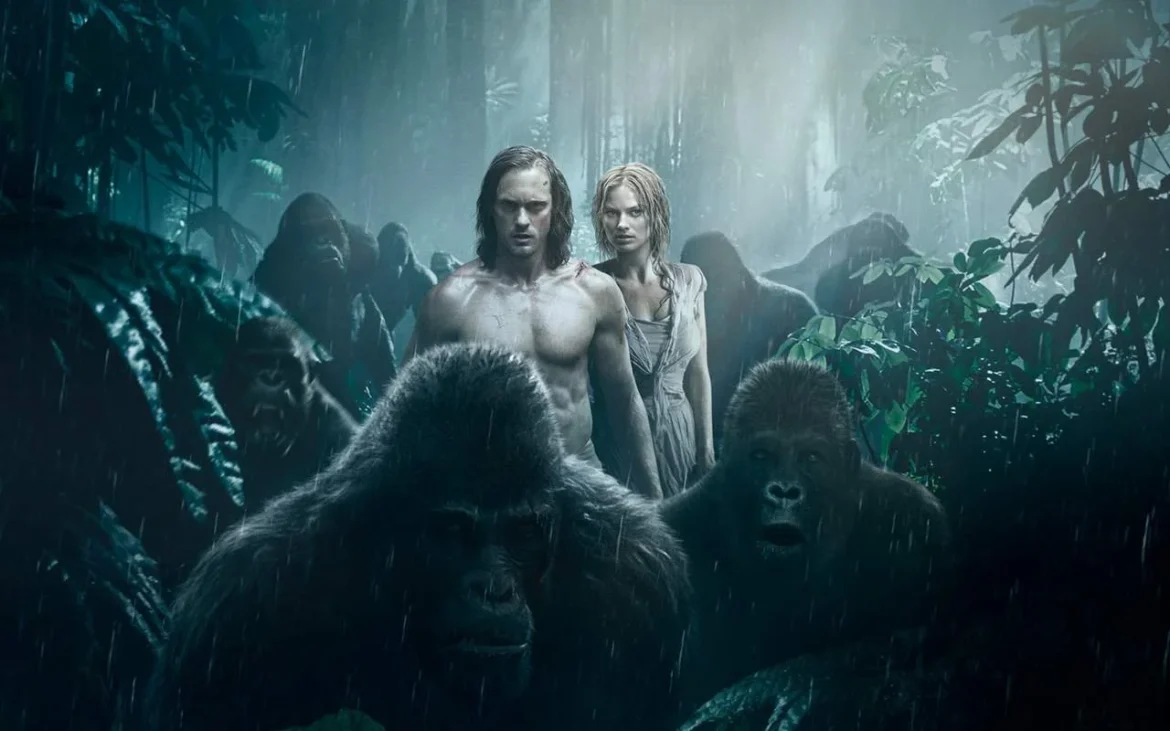I had fragmented memories of watching the 1999 Disney animated movie when I was too young to question the story’s politics. Based loosely on Edgar Burrough’s adventure series, any interpretation of the movie will be fraught with problems inherent to colonial literature – racism, imperialism, the savior complex, etc. The Legend of Tarzan is a retelling of the tale that tries commendably to cater to the modern sensibilities of the 21st century.
First, this is not an origins story. The audience is introduced to Tarzan, who is already living the life of an English lord. It has been eight years since his discovery and return from Africa. We learn of his childhood in the wild through flashbacks. He is now John Clayton III, Lord Greystoke, married to the feisty Jane Porter, living a quiet retired life in his English manor.
He is asked to accompany Captain George Williams (played by Samuel Jackson) on a diplomatic mission to Congo for a friendly visit to King Leopold’s territory. The covert purpose is to investigate a suspected slave trade encouraged by the government of King Leopold.
This is where history meets fiction, as one Captain George Williams did indeed go to Congo, discovered and reported on atrocities committed by the private militia on the Congolese people. In the movie, there is a larger plot afoot. King Leopold plans to mine the diamonds of Africa and couple it with the underground slave trade to become the richest kingdom in all of Europe. This strategy is masterminded by Captain Léon Rom (played reliably and effortlessly by Christoph Waltz), who is driven by ambition and pure evil. To achieve this, he needs to deliver Tarzan to Chief Mbonga, the tribal chief who owns the diamond regions.
Tarzan and Jane’s down-the-memory-lane trip turns sour pretty soon as their host village is attacked and Jane is kidnapped. The movie now follows the predictable path; Tarzan must rescue his Jane and save the people of Congo from Rom’s devious plans. And so he does, swinging gorgeously from vine to vine, fighting apes, and jumping across trees through the forests of Congo!
The very buff and good-looking, Alexander Skarsgård, plays an understated, brooding version of Tarzan, rightly so for someone who has spent more time in the wild than in the company of men. Jane Porter is the only significant female character in the story and Margot Robbie plays her with aplomb. Jane’s character often mocks the traditional role. When the villainous Rum asks her to scream, she throws her head and retorts, “Like a damsel in distress!” She does a commendable job of putting up a fight, but for the sake of convention and the box office, Tarzan gloriously rescues her.

The Legend of Tarzan tries hard to be politically correct – not a simple task given the original material. The choice of adding a black man as the partner to Tarzan’s journey is very deliberate, as is reference to the slave trade, and the colonization of Africa. Somewhere buried in the script, there are references to civil war and the cruel treatment of Indians. The movie addresses a lot of political hot topics with a brushstroke without delving into the details.
In the end, despite all its ambition, The Legend of Tarzan remains a silly adventure romp.


